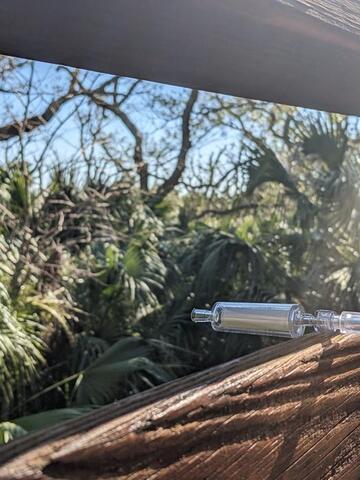
DNA is the calling card of life.
In and on our bodies, traces of DNA sequences other than our own announce the presence of many microbes, our microbiome.
DNA in Natural and Artificial Ecosystems
In the environment, snippets of environmental, or "e" DNA, are also abundant, yet more dynamic, constantly changing, compared to the more staid microbial communities inhabiting our skin folds, intestines, armpits, and elsewhere. Airborne eDNA sequences in natural ecosystems are particularly in flux, as species come and go.
Human-made (artificial) ecosystems also have transient microbial residents that leave in their wake genetic material. One early study probed the short sequences of DNA mired in sticky goo scraped from banisters and stairways of a New York City subway stop, where millions of commuters regularly deposit the microoganisms on their skin.
To continue reading, go to DNA Science, where this post first appeared.



